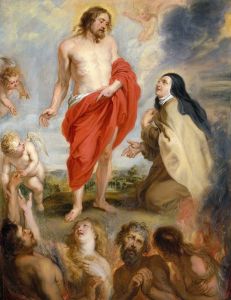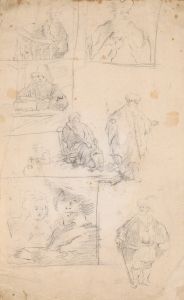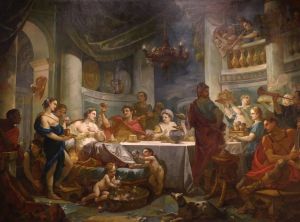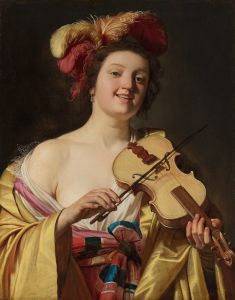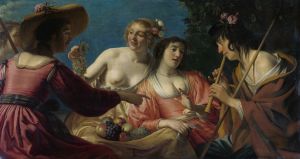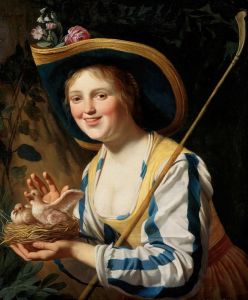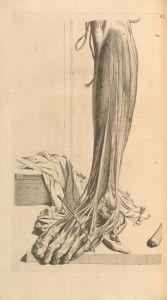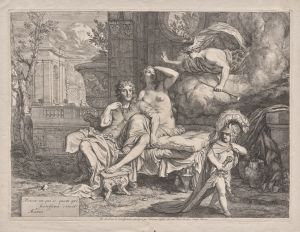
Meleager and Atalante
A hand-painted replica of Gerard van Honthorst’s masterpiece Meleager and Atalante, meticulously crafted by professional artists to capture the true essence of the original. Each piece is created with museum-quality canvas and rare mineral pigments, carefully painted by experienced artists with delicate brushstrokes and rich, layered colors to perfectly recreate the texture of the original artwork. Unlike machine-printed reproductions, this hand-painted version brings the painting to life, infused with the artist’s emotions and skill in every stroke. Whether for personal collection or home decoration, it instantly elevates the artistic atmosphere of any space.
Gerard van Honthorst, a prominent Dutch Golden Age painter, is known for his mastery of chiaroscuro and his dramatic use of light and shadow, influenced by the works of Caravaggio. Among his many works, Meleager and Atalante is a notable painting that reflects his skill in depicting mythological subjects with vivid realism and emotional intensity.
The painting portrays the mythological figures Meleager and Atalante, characters from Greek mythology. Meleager, a hero and the son of Oeneus and Althaea, is best known for his role in the Calydonian Boar Hunt, a legendary event in which he and other heroes sought to kill a monstrous boar sent by the goddess Artemis to ravage the land of Calydon. Atalante, a renowned huntress and a rare female hero in Greek mythology, also participated in the hunt. She was known for her exceptional speed, skill with a bow, and independence. According to the myth, Atalante was the first to wound the boar, and Meleager ultimately killed it. In some versions of the story, Meleager awarded the boar's hide to Atalante as a token of his admiration, which caused conflict among the other hunters.
In Honthorst's painting, the artist captures a moment of interaction between the two figures, emphasizing their physicality and the tension of their relationship. The composition is marked by Honthorst's characteristic use of dramatic lighting, which highlights the figures against a dark background, drawing attention to their expressions and gestures. The painting exemplifies the Baroque style, with its dynamic composition and focus on emotional engagement.
The exact date of the painting's creation is not definitively documented, but it is consistent with Honthorst's active period in the early 17th century. The work reflects the broader interest in classical mythology during the Renaissance and Baroque periods, when artists frequently drew inspiration from ancient stories to explore themes of heroism, beauty, and human emotion.
Meleager and Atalante is housed in the Uffizi Gallery in Florence, Italy, one of the most renowned art museums in the world. The Uffizi's collection includes numerous works by Dutch and Italian masters, and Honthorst's painting is a significant example of the cultural exchange between Northern and Southern Europe during the Baroque era.
This painting remains an important example of Honthorst's ability to merge the dramatic intensity of Caravaggism with his own distinctive style, contributing to his reputation as one of the leading painters of his time.






